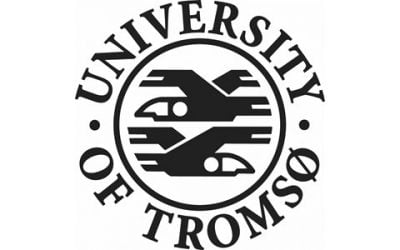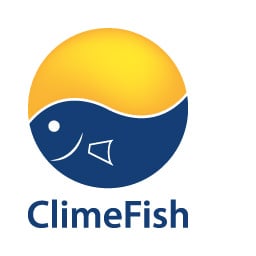Collaborative project and models developed during UiT visit

Collaborative project developed during Samuel’s visit in Tromsø (5/06/18- 5/07/18)
Samuel Dijoux, PhD student, contact: dijous00@prf.jcu.cz
Affiliations: Dept. of Ecosystem Biology, Faculty of Science, University of South Bohemia, Czechia
Laboratory of Ecology of Aquatic Insects and Relict Ecosystems, Dept. of Biodivdersity and Conservation Biology, Institute of Entomology, Biology Centre CAS, Czechia
Brief presentation
I am currently performing my PhD in theoretical ecology under the supervision of Prof David Boukal, University of South Bohemia (Czechia), where I dedicate my research to the development of trait-based food web models to investigate how global warming and eutrophication (resource enrichment) drive the structure and dynamics of aquatic community assembly. I combine modelling (Physiologically Structured Population Models) and experimental data to address the dynamics of interacting populations. As a part of my PhD, I visited the UiT for one month to collaborate with Prof Raul Primicerio and one of his PhD student, Aslak Smalås, within the Horizon 2020 ‘ClimeFish’ project. This month was a great opportunity for us to develop two very interesting models, described below, and discuss further collaborative research projects. I especially enjoyed meeting other modelling enthusiastic persons.
Models description
We targeted two mathematical models to investigate the combined impacts of warming, eutrophication and harvesting on size-structured populations and food webs.
- Trout-Charr/Whitefish communities model (P1)
The first developed model focus on Whitefish (Coregonus lavaretus) and Arctic Charr (Salvelinus alpinus) life histories. These two populations are exposed to Trout (Salmo trutta) predation in their early juvenile stage and exposed to harvesting in their adult phase. Artic Charr and Whitefish are characterized by ontogenetic diet shifts between juvenile and adult stages (juveniles preferentially feed on planktonic resource R1 and adults on pelagic resources R2, Fig.1). However, because of density-dependence within adults, an inter-stage competition for planktonic resources between adult and juvenile may emerge.

Fig.1: Tri-trophic chain of two size-structured consumer populations that feed on two separate resources and are preyed by an unstructured predator population. Schematic representation of the implementation of the food chain into a PSPM.
2. Diamond PSPM (P2)
Whitefish (Coregonus lavaretus) and Vendace (Coregonus albula) species share common resources and predators (Trout) but differ by their thermal niches, i.e. the temperature ranges that define their suitable habitat. Whitefish is fitted to cold water habitats, whereas Vendace prefer warmer habitats. Both species compete for resource and for their survival (defined as exploitative and apparent competitions) for temperatures within the overlap of their thermal niche. The outcomes of the mixed effects of apparent and exploitative competitions (i.e. the exclusion or invasion of one competitor or their coexistence) should be driven by the combination of differences in species-specific dependences of energetic efficiency and predation mortality on temperature (Fig.2).
-

Fig.2: Schematic implementation of the combining influences of eutrophication and warming on the diamond structure (3) by integrating individual temperature-dependence of energy assimilation (between ingestion and maintenance cost) (1) as a ratio Q that is temperature-dependent (2).
